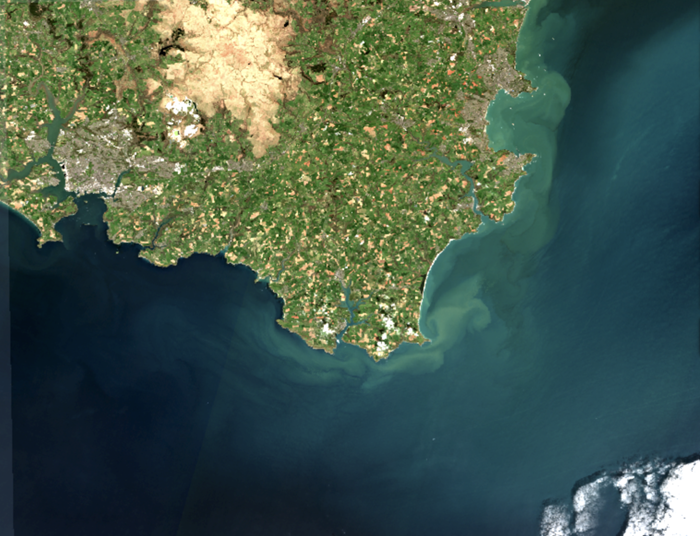Plymouth Sound is a visually stunning natural harbour fed by two estuary systems, that of the Tamar River and the smaller River Plym, which flow into the coastal shelf waters of the Western English Channel. The Tamar Estuary Nature Reserve is designated as a Site of Special Scientific Interest, a European Special Area of Conservation, an Area of Outstanding Natural Beauty and a UNESCO World Heritage Site as part of the Cornwall and West Devon Mining Landscape. Marine laboratories have sampled the Sound waters for well over a century, now representing the internationally important Marine Research Plymouth cluster.
The Sound is home to the Devonport Dockyard, the largest naval base in Western Europe, as well as commercial ports, a substantial national fishing fleet, and a global hub for marine technology and leisure industries. The unique waters of Plymouth Sound have been designated the UK’s first National Marine Park.
CERTO in the Tamar
CERTO has advanced water quality monitoring in the Tamar Estuary by combining historical data analysis with innovative collection and interpretation techniques. CERTO supports the marine park goals to encourage greater prosperity and engagement with the marine environment through addressing water quality concerns and promoting the well-being of the estuary and sound waters.
CERTO products have been used to evaluate seasonal changes in turbidity and chlorophyll within the Yealm Estuary and associated nearshore waters, aiming to help understand biogeochemical effects of riverine inputs from the catchment, as influenced by urban, industrial and agricultural practises, including climate change.
 Sentinel 2 satellite image of the area surrounding the Tamar Estuary
Sentinel 2 satellite image of the area surrounding the Tamar Estuary